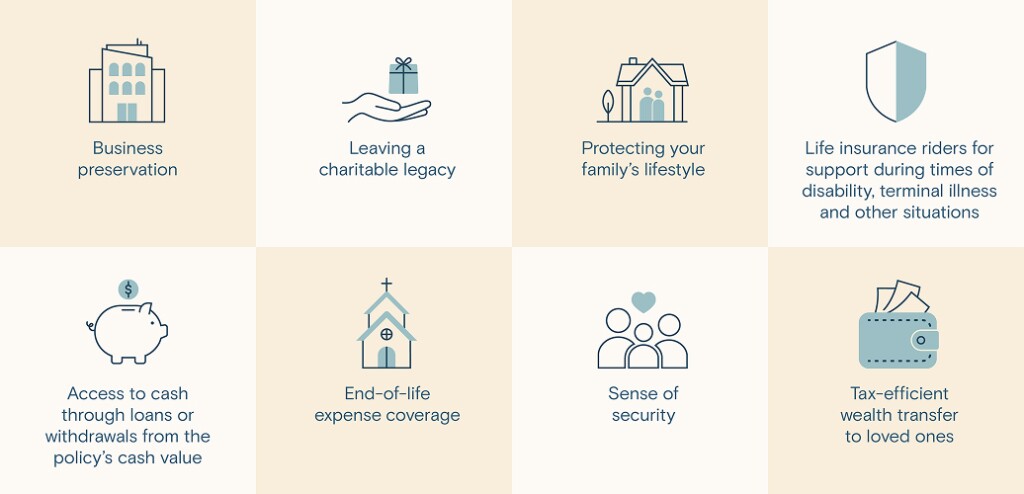A whole life insurance contract can offer you lifelong protection with death benefits for your family, and it can also help you
To get even more out of your contract, you don't necessarily have to pay more. You may be able to increase your death benefit and cash value with paid-up additions. Let's explore how this option works.
How paid-up additional insurance works
Paid-up additional insurance, or paid-up additions, are increases in your coverage you can fund with dividends from your insurer. When you have a
Benefits of paid-up additions
The benefit of reinvesting paid-up additions into your life insurance policy is that, without paying additional premiums or going through underwriting, you can:
- Increase your death benefit
- Further grow your tax-deferred cash value
Paid-up additions function like small single-premium life insurance policies. Purchasing additional paid-up insurance can increase your future dividends since you have a larger contract.

Alternatives to paid-up additions
When using dividends to purchase paid-up additions might make sense
Using your dividends to get more paid-up additions could pay off significantly in the long-run. They can help you maintain sufficient coverage and help prevent inflation from detracting from your loved ones' benefits. This may make sense for you if:
- You want to increase your death benefit without undergoing any additional underwriting, like medical exams.
- You want to make an additional investment into your cash value to use later in life.1
Still, not everyone needs or wants paid-up additions—they aren't critical to making a whole life insurance contract work to your benefit. An important consideration is that the benefits of paid-up additions can vary widely by provider. Yours may not offer even offer dividends, for instance. The number and frequency of paid-up additions you can buy may make a difference, too.
Talk to a financial advisor about paid-up additions
Whether you are looking to use your dividends for paid-up additions, or are interested in a new life insurance policy that offers this option, a







